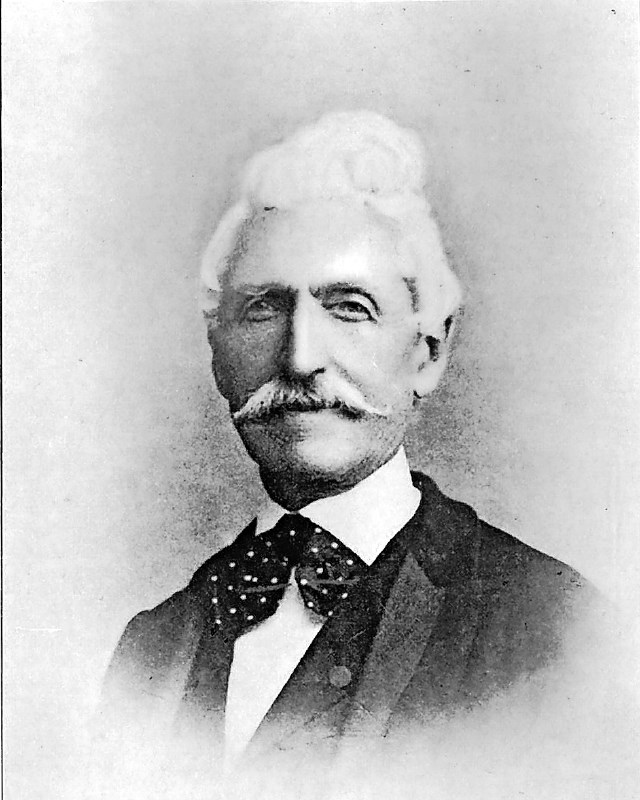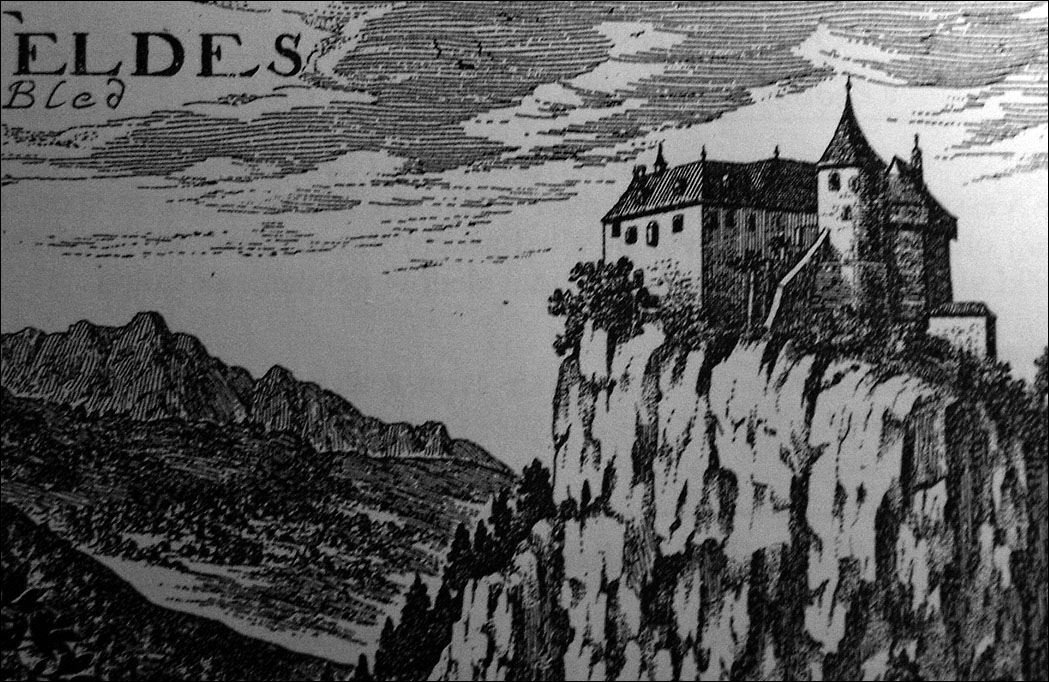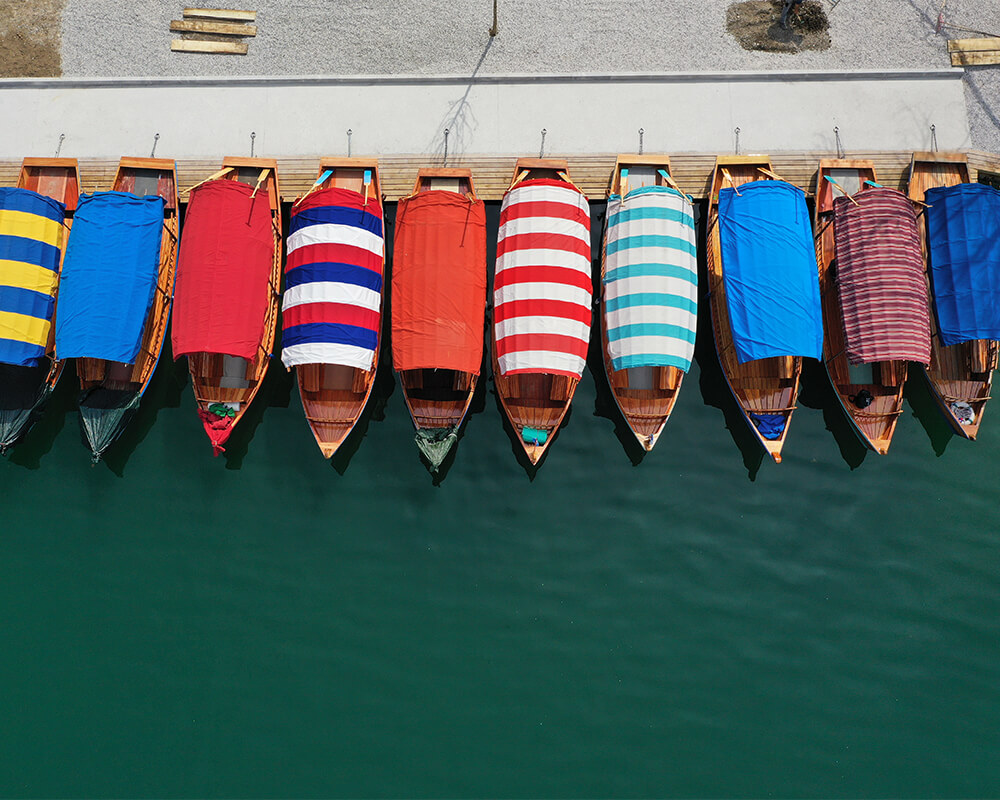A few words about us and Bled...
Veldes B&B is a brand new guesthouse build in the year 2020 in the village Rečica near the Bled castle. It is a walk through the past, a tribute to Arnold Rikli the founder of modern tourism in Lake Bled.

Who was Arnold Rikli?
Arnold Rikli, a Swiss natural healer, the founder of the atmospheric health resort in Bled and a pioneer of Bled spa tourism. In 1854, due to the pleasant climate, he established his own sun and air spa in Bled, and in 1855 he moved there with his family. He methodically used light air baths, sunbathing and staying in air huts (“atmospheric treatment”) under constant medical supervision and with the very famous motto “Wasser tut’s freilich, – alles doch nicht; “Höher die Luft steht, – am höchsten das Licht.” “Water is, of course, useful, even more, air and most of all light.” His therapy was based on a vegetarian diet, sun, air and water baths, and lasted a month. He introduced strict rules into the spa, such as clothes, as well as food and prescribed activities.
Smoking as an alcoholic beverage was prohibited. Walks were also an integral part of the treatment. Patients went for a walk in the morning, usually between five and six o’clock. They had breakfast somewhere in nature. They then rested or bathed in a lake or spa and sunbathed. Two cold springs with 10° C and 15.6° C were used for bathing. Rikli recommended alternating the use of cold and steam baths, as he was of the opinion that this strengthened the organism.
Why Veldes?
Geographically, Slovenia in Europe lies at the crossroads of the Adriatic Sea as part of the Mediterranean at the end of the arc of the Alps, the Dinaric Alps and the plains of Pannonia. This junction is the land entrance to Italy and this is where the ancient amber route between the Baltic and the Mediterranean ended. Today, the name Bled refers to one of the youngest Slovenian towns in the northwestern, alpine part of Slovenia. Previously, it meant the entire micro-region at the confluence of the Sava Bohinjka in the south, the Sava Dolinka in the east and the highlands of Pokljuka and Mežaklja in the west and north. In medieval sources, the name Bled is mentioned only in the German form Veldes.
According to Fran Ramovš, the Slovene form of Bled, which was first documented in The estate between Sava Dolinka and Sava Bohinjka was owned by the bishops of Brixen until the middle of the 19th century (1858) with some intermediate interruptions. In the meantime, it was for a short time state-owned, during the time of the Illyrian provinces it belonged to the Napoleonic Empire, and for some time to the Austrian. After the abolition of feudalism, ownership passed from hand to hand, at the beginning of the 20th century Bled was part of the Drava banovina. Thanks to the celebrities who visited it (Arnold Rikli, Karađorđević dynasty, Tito, etc.), Bled began to develop into a prestigious tourist destination.


Pletna
Pletna is a 7-8 meter long and about 2 meters wide wooden boat with a flat bottom, which ends conically at the bow, and is extended at the stern with a characteristic threshold that allows passengers to enter. The helmsman (pletnar) drives it while standing with oars (German Stehrudder Technik). The boat is a tourist attraction on Lake Bled. Its development and history date back to the 12th century, when the first rough-hewn cargo glacier boats were built in a prosthetic workshop in the Bled hamlet of Zazer for the transport of building materials to the island for the construction of island churches and other buildings. To transport pilgrims, benches and a table were added to the glaciers – such a ship is called a shallow in documents until the end of the 20th century. With the abolition of feudalism during the time of Maria Theresa, Bled boatmen received the t.i. servitude rights. These determined which of the families in Mlini had the right to transport passengers to the island. From this time on, plaiting is passed down from generation to generation.
